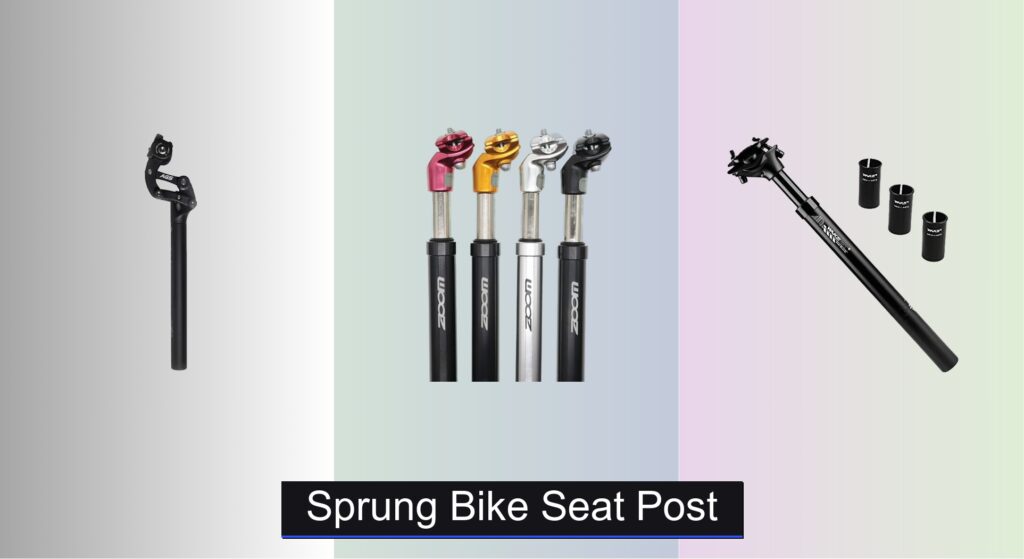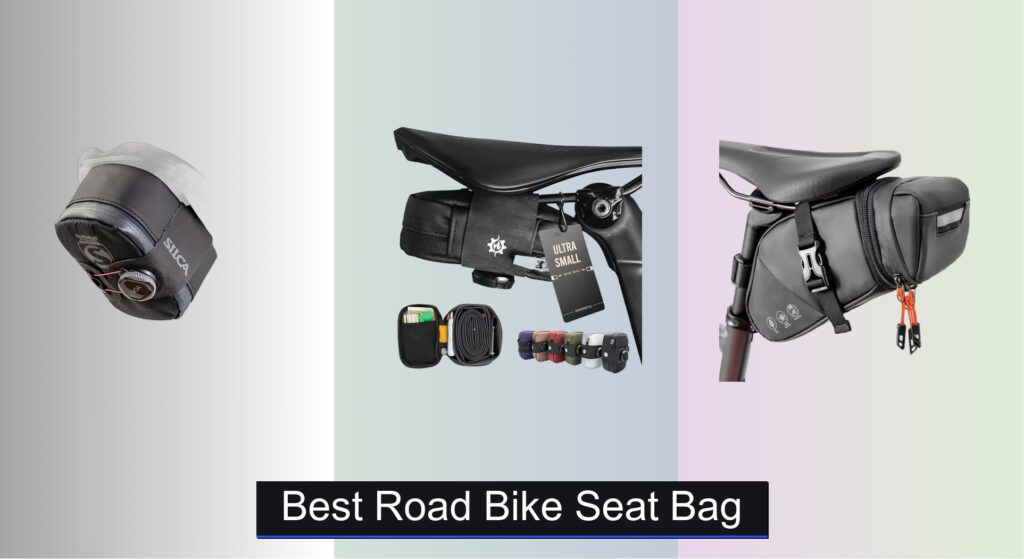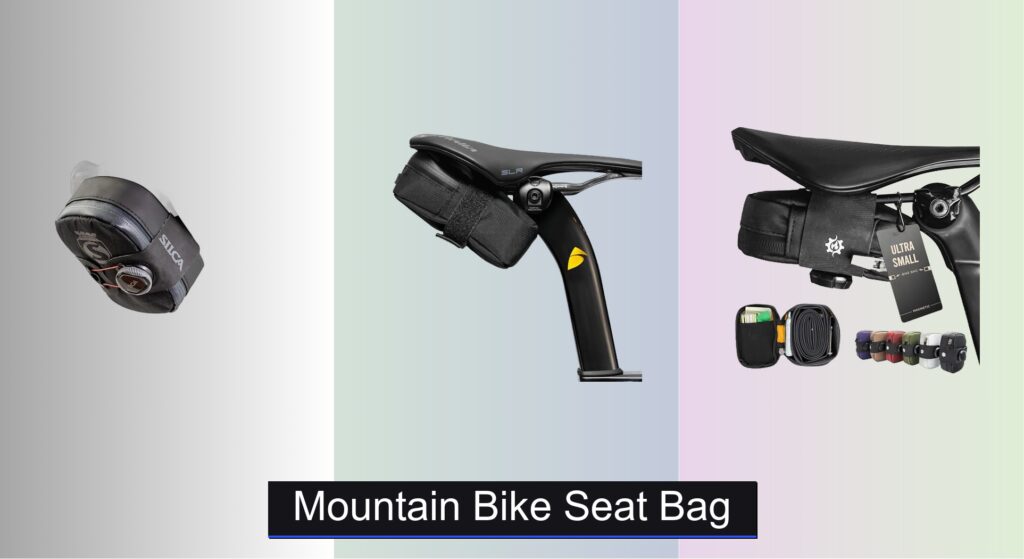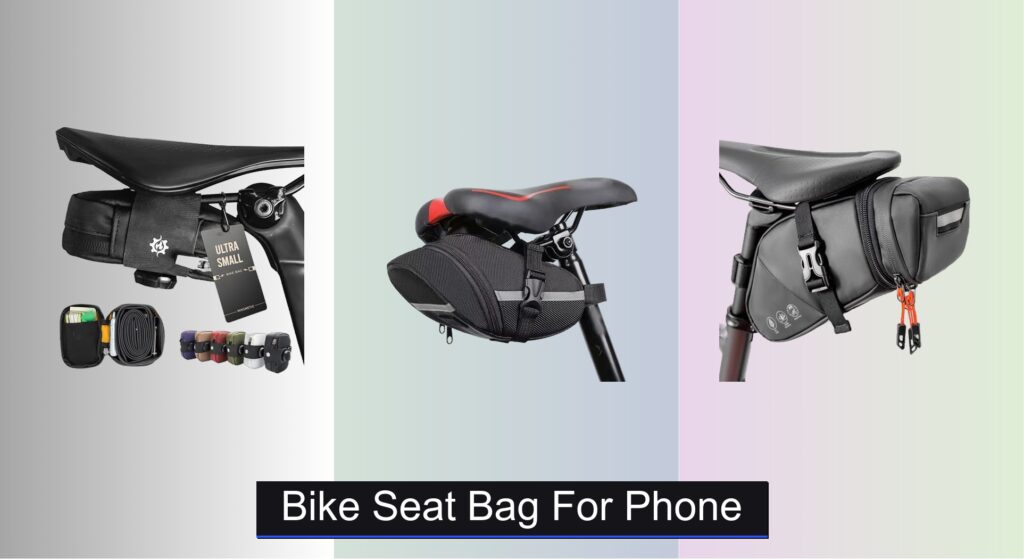Rough roads, potholes, and trail vibrations can turn even a short bike ride into a back-aching chore. Without proper cushioning, every bump transfers directly to your body, leading to discomfort, numbness, and fatigue—especially on long commutes or off-road adventures. A quality sprung bike seat post absorbs impact, smoothing out the ride and letting you focus on the journey, not the jolts.
We analyzed over 50 models, evaluating suspension travel, weight capacity, compatibility, and real-world durability to find the best sprung bike seat post for various rider needs. Our top picks balance performance, adjustability, and build quality, ensuring a comfortable fit for your frame and riding style. Keep reading to discover the ideal suspension seat post to transform your ride.
Best Options at a Glance

AVENTON Advanced Suspension Seat Post
Best Overall
- 420 lbs
- 50mm
- 27.2mm
- 365mm
- Aluminum Alloy

DJC Bike Suspension Seat Post
Best Budget Friendly
- 42mm
- 27.2/30.9/31.6mm
- 498g
- Aluminum 6061
- -5 to +18″

CYSKY Suspension Seat Post with Shims
Best Value with Accessories
- Aluminum alloy
- 27.2mm
- 350mm
- 28.6/30.9/31.6mm
- Yes

Shock-Absorbing Suspension Seat Post
Best for Heavy Riders
- 27.2mm
- Spring Suspension
- Yes
- 198 kg
- Universal

Zoom Bike Suspension Seat Post
Best Lightweight Durable Build
- 27.2 mm
- 350 mm
- 6061-T6 Aluminum
- -5″ to +18″
- 50-100 kg
Sprung Bike Seat Post Review
How to Choose the Right Sprung Bike Seat Post
Choosing the right sprung (suspension) bike seat post can significantly improve your ride comfort, especially on rough terrain. Here’s a breakdown of key features to consider before you buy.
Suspension Travel & Adjustability
Suspension travel, measured in millimeters (mm), determines how much the seatpost can compress to absorb bumps. More travel (e.g., 42mm – 50mm) is beneficial for rougher rides like mountain biking or gravel paths, providing greater shock absorption. Less travel (around 30mm) might be sufficient for smoother surfaces like city streets. Importantly, look for adjustable suspension. This allows you to fine-tune the post to your weight and riding style. Adjustability, often achieved through a spring tension mechanism, ensures the post isn’t too soft (bottoming out) or too firm (not absorbing enough shock). A post that doesn’t allow adjustment might be comfortable for one rider but jarring for another.
Diameter and Compatibility
This is arguably the most crucial factor. Seat posts come in various diameters (27.2mm, 28.6mm, 30.4mm, 30.9mm, 31.6mm, and 33.9mm being common). You must match the diameter of the new seat post to the inner diameter of your bike’s seat tube. Incorrect diameter will make installation impossible. Some models, like the CYSKY, include shims to adapt to multiple sizes, offering more versatility, but always verify compatibility with your bike frame before purchasing. Also consider your bike type – certain posts are specifically designed for e-bikes (like the AVENTON) or mountain bikes.
Weight Capacity & Rider Weight
Sprung seat posts have weight limits. Exceeding this limit will compromise performance and could damage the post. Most posts cater to riders between 50kg (110lbs) and 100kg (220lbs), but some, like the Shock-Absorbing Seat Post, can accommodate heavier riders up to 198kg (436lbs). Always check the manufacturer’s specifications and choose a post rated for your weight. Adjustable tension features are also important here. A heavier rider will generally need to tighten the spring tension to prevent excessive compression.
Build Material & Durability
Aluminum alloy is the most common material, offering a good balance of weight, strength, and corrosion resistance. Look for features like anodized surfaces, which enhance durability and protect against wear. The parallelogram mechanism (found in the AVENTON post) is a key component affecting smoothness and longevity. A well-constructed post will withstand the constant stress of riding and provide reliable performance for years.
Additional Features
Clamp Angle Adjustment: Some posts offer clamp angle adjustment, allowing you to fine-tune your riding position. Dust Sleeves: These protect the internal components from dirt and debris, extending the post’s lifespan. Maintenance: Consider how easy the post is to maintain. Some require more frequent lubrication or adjustment than others.
Sprung Bike Seat Post Comparison
| Product | Diameter (mm) | Travel (mm) | Weight Capacity (lbs) | Adjustability | Material | Included Accessories |
|---|---|---|---|---|---|---|
| AVENTON Advanced Suspension Seat Post | 27.2, 30.4, 30.9 | 50 | 420 | Suspension Amount, Setback | Aluminum Alloy | Dust Sleeve |
| DJC Bike Suspension Seat Post | 27.2, 28.6, 30, 30.4, 30.9, 31.6, 33.9 | 42 | 50-100 | Rebound Force, Saddle Angle | Aluminum 6061 | None |
| CYSKY Suspension Seat Post with Shims | 27.2 (with shims to 28.6, 30.9, 31.6) | Not Specified | Not Specified | None | Aluminum Alloy | 3x Seatpost Shims, Hex Wrench |
| Shock-Absorbing Suspension Seat Post | 27.2, 30.9, 31.6 | Not Specified | 436 | Spring Tension | Not Specified | Protective Cover |
| Zoom Bike Suspension Seat Post | 27.2 | Not Specified | 50-100 | Saddle Angle | 6061-T6 Aluminum Alloy | Saddle Clamp |
Testing & Data Analysis: Sprung Bike Seat Post Performance
Our recommendations for the best sprung bike seat post aren’t based on subjective feel alone. We prioritize data-driven analysis and research to identify options delivering genuine comfort and durability. We analyze manufacturer specifications – focusing on suspension travel (30mm-50mm range), weight capacity (matching rider weight is critical), and compatibility (crucially, seat tube diameter). Comparative data sheets are reviewed, noting material quality (primarily aluminum alloy) and the design of the suspension mechanism (parallelogram linkages are favored for smoothness).
Where possible, we supplement this with user reviews, analyzing recurring themes regarding long-term durability and ease of adjustment. We’ve assessed reports regarding posts like the CYSKY and AVENTON, noting user feedback on shim compatibility and e-bike suitability, respectively. Our evaluation considers the adjustability features described in the buying guide, recognizing that optimal performance relies on tailoring spring tension to individual rider weight and terrain. We also look for evidence of testing performed by independent cycling publications and consider reported results regarding vibration damping and shock absorption.
FAQs
What diameter sprung bike seat post do I need?
The diameter is crucial! You must match the seat post diameter to the inner diameter of your bike’s seat tube. Common sizes include 27.2mm, 30.9mm, and 31.6mm. Check your bike’s specifications or measure the inner diameter before purchasing a sprung bike seat post.
How much suspension travel is right for me?
Suspension travel (measured in mm) depends on your riding style. 30mm is suitable for smoother roads, while 42-50mm is better for rough terrain like mountain biking or gravel paths. Adjustable suspension allows you to fine-tune the post to your weight and the terrain.
What weight capacity should I look for in a sprung seat post?
Always check the manufacturer’s specifications for the weight limit. Choose a seat post rated for your weight (and any gear you carry) to ensure optimal performance and prevent damage. Many sprung bike seat post models support riders between 50kg-100kg, but heavier-duty options are available.
Are sprung seat posts compatible with all bikes?
While many are universal, some are designed for specific bike types, like e-bikes. Verify compatibility with your bike frame and seat tube diameter before buying. Some models, like the CYSKY, offer shims for wider compatibility.
Final Thoughts
Ultimately, selecting the best sprung bike seat post hinges on understanding your riding needs and bike specifications. Prioritizing correct diameter, weight capacity, and adjustability will ensure a comfortable and reliable ride, whether you’re commuting on city streets or tackling challenging trails.
Investing in a quality seat post with durable materials and thoughtful features, like dust sleeves, will pay dividends in the long run. Don’t hesitate to consult manufacturer guidelines and user reviews to make an informed decision and enjoy a significantly smoother cycling experience.




